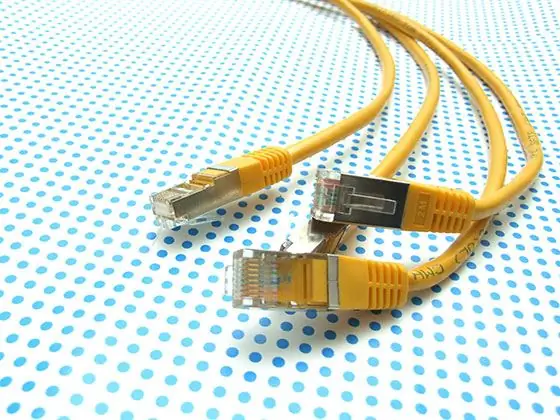Networking and Internet technologies are developing at a tremendous pace. Today, there is a large number of completely free software that allows even a non-professional to create and administer network services for a wide variety of purposes. So, you can install your own FTP or HTTP server, DC ++ exchange hub, and online game server on your home computer. However, in order for users on the external network to be able to access these services, you must open the external port on which these services accept connections. This is done by changing the firewall settings.

Necessary
An account with administrator rights in Windows
Instructions
Step 1
Open the list of network connections. In the Start menu, expand the Settings submenu. Click on the "Network Connections" item.
Step 2
Open the connection properties dialog. Right click on the network connection icon. In the menu that appears, select "Properties".
Step 3
Open the dialog for managing Windows Firewall settings. In the connection properties dialog go to the "Advanced" tab. In the Windows Firewall Controls group, click the Options button.
Step 4
Open the Advanced Firewall Options dialog for the specific connection. From the Network Connection Settings list on the Advanced tab of the firewall control dialog, select the connection for which you want to open the external port. Click the Options button.
Step 5
Open the dialog for adding a new service. In the Advanced Options dialog, click the Add button.
Step 6
Open an external port. Enter the required field values in the Service Parameters dialog and select the transport layer protocol (TCP or UDP). Click the "OK" button. Also click OK on the Advanced Options, Windows Firewall, and Local Area Connection Properties dialogs.






